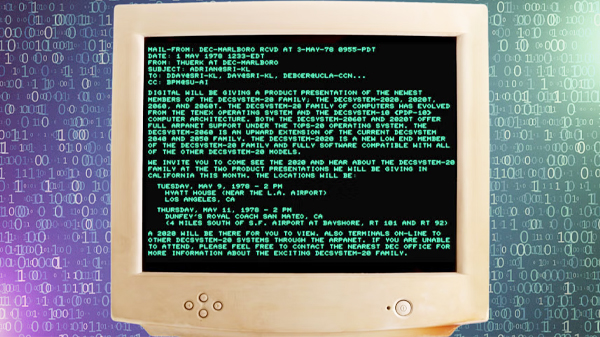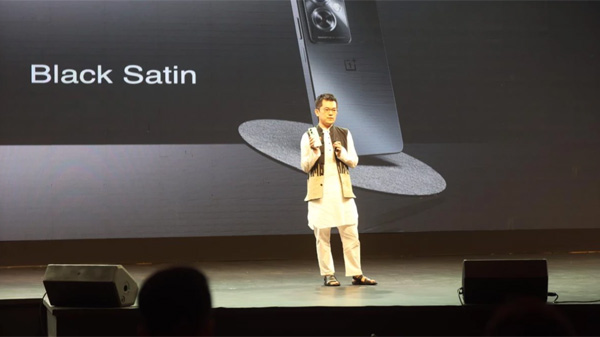History of the first-ever spam email

- Update Time : Tuesday, 5 December, 2023, 01:53 pm
- 90 Time View

Online Desk: In the modern world of the ubiquitous internet, we are all too familiar with spam, phishing, and malicious email. While these email-based nuisances are all too commonplace nowadays, did you know that history’s first ‘spam email’ stems back to as early as 1978? A time when the internet was in its infancy, and the concept of electronic communication was taking its first tentative steps. Let’s take a quick look at the interesting origin of the first-ever spam email in history.
Gary Thuerk and the DEC marketing campaign
The story of the first-ever spam email begins with Gary Thuerk, a marketing manager at Digital Equipment Corporation (DEC), a company known for its pioneering contributions to the early days of computing. In May 1978, armed with an idea to promote DEC’s latest line of VAX (Virtual Address eXtension) computers, Thuerk hatched a plan to utilise the ARPANET, the precursor to the modern internet, for a mass promotional campaign.
On May 3, 1978, Thuerk sent out what would later be recognised as the first spam email. Addressed to 393 unsuspecting ARPANET users, the message was a straightforward invitation to an open house event showcasing DEC’s new computer models. Little did Thuerk know that he was laying the foundation for a digital marketing technique that would simultaneously irritate and captivate users for decades to come.
What was in the email?
A far cry from the malicious spam we encounter today, Thuerk’s email was a benign attempt at marketing, providing information about the upcoming event and the new VAX computers. In the absence of established email etiquette or anti-spam measures, the message didn’t raise alarms for its content. Rather, people were frightened simply because the mail had unexpectedly intruded into their inboxes – a phenomenon unheard of back then.
Unsurprisingly, Thuerk’s mass email generated significant backlash. Hundreds of complaints poured in, including a user who reported that the email had broken his computer system. The situation escalated to such a degree that the US Defense Communication Agency filed an official complaint with Thuerk’s company. Thuerk, the mastermind behind the operation, later claimed that he sold computers worth at least $13 million because of this historical email.
Whether Thuerk had wanted to or not, the incident had made its mark in history. The damages, despite not being much of note, sparked a global debate about the boundaries of electronic communication. It prompted a universal realisation that guidelines and regulations were needed to prevent the misuse of this burgeoning form of interaction.
Evolution of spam
As the internet expanded and email became a ubiquitous means of communication, so did the problem of unsolicited messages. The term ‘spam’ itself originated from a Monty Python sketch where the word was repetitively used, much like the unwanted flood of emails that users experienced.
Over the years, anti-spam measures, technological advancements, and legislative efforts have been implemented to curb the proliferation of spam. However, it remains a persistent challenge, continually adapting to circumvent the barriers erected against it.
The history of the first spam email serves as a fascinating tale of unintended consequences in the digital realm. Gary Thuerk’s modest attempt to promote DEC’s products laid the groundwork for a practice that would become both a nuisance and a lucrative tool for advertisers – a ‘tactic’ still haunting us to this day.
















